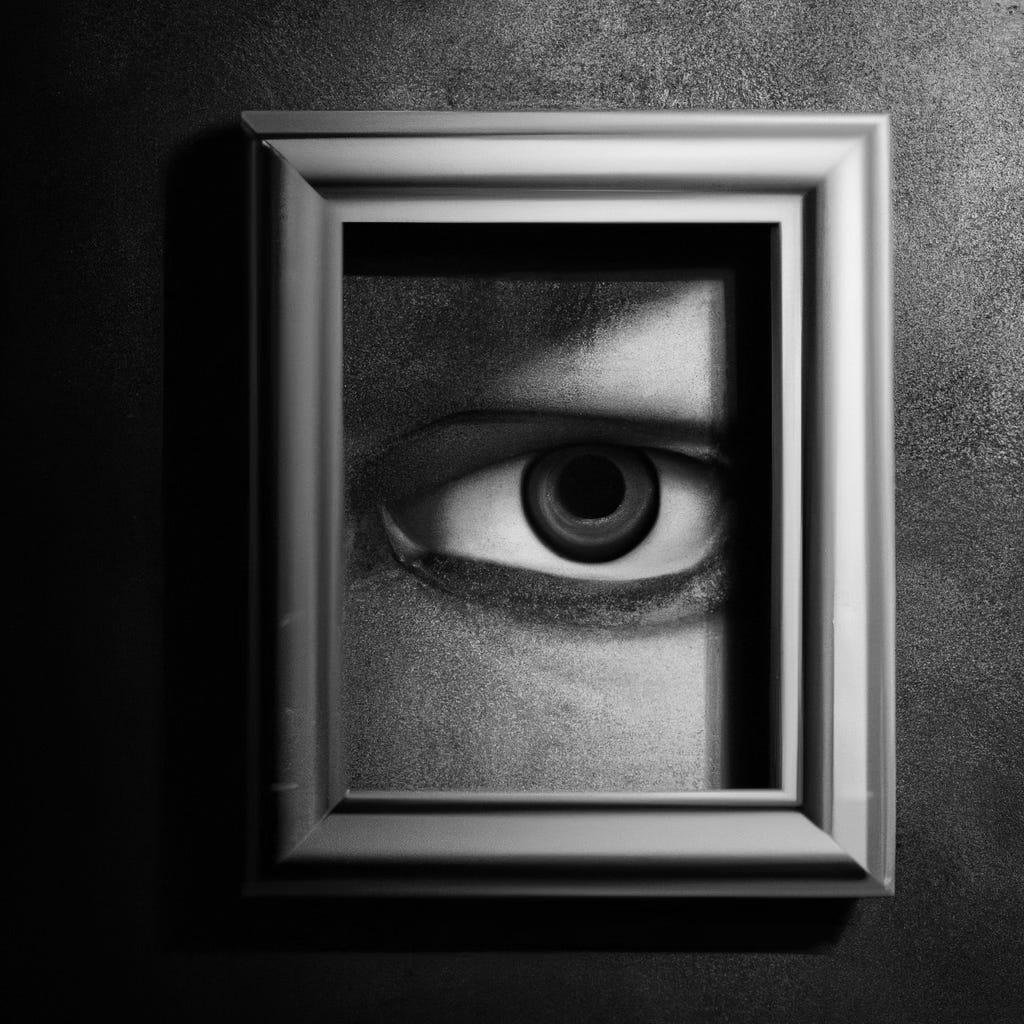Modern propaganda doesn’t lie — it frames.
Propaganda today is rarely about outright falsehoods. It is about arranging truths in a way that dictates perception.
In the modern landscape, manipulation no longer needs invention; it only requires selection. A fact can be framed to appear as liberation or as threat, depending on which edges are highlighted and which are blurred. This method is far more effective than deception because it does not invite contradiction. The data is correct, the numbers are real, but the context is constructed. Frames define meaning before thought even begins.
The sophistication of this process lies in its subtlety. If a narrative insists on a claim that is objectively false, resistance is natural and expected. But when the same narrative chooses its fragments carefully, when it selects only what reinforces the desired image, resistance becomes harder. The mind hesitates to challenge what appears accurate, even as the pattern of accuracy hides the distortion. The most powerful propaganda is not an invention—it is a curation.
This shift has structural consequences. People are not misled by grand illusions, but by incremental framing that shapes their sense of possibility. Economic reports emphasize stability, while suppressing signals of decline. Political messaging highlights inclusion, while silently narrowing actual freedom. Cultural campaigns celebrate diversity, while framing dissent as pathology. None of this is a direct lie. It is a narrowing of vision through carefully managed context.
The danger is not only in what is seen, but in what is forgotten. Frames teach individuals to accept the boundaries of the system as natural. They present choices without revealing the assumptions that shaped them. What appears as a range of possibilities is often nothing more than a corridor with painted walls. Within such corridors, talent conforms, ambition is domesticated, and innovation bends toward predictability. The individual ceases to question the frame itself, and instead competes within it.
Breaking the influence of framing requires a sharper discipline than merely “seeking truth.” It requires examining how truths are presented, how selection precedes interpretation, and how silence is as manipulative as speech. It means asking: what is absent, what is emphasized, and who gains from the arrangement? Only then does it become possible to step outside the corridors, to see the walls as constructed rather than natural.
The long-term stakes extend beyond politics or media. Framing decides what futures are imagined and which remain unthinkable. When entire societies accept their perceptions as complete, progress becomes an echo chamber, innovation a refinement rather than a rupture. To overcome this, individuals must cultivate not just skepticism, but a capacity to generate their own frames, their own interpretations, their own directions. This is the true antidote: not passive resistance to manipulation, but active creation of meaning that refuses the given lens.
Modern propaganda does not need to lie. Its success lies in framing the world so tightly that alternatives vanish. Liberation begins when the frame itself is exposed as fragile, contingent, and breakable.

